
Why Are E-Bike Prices Going Up? The Impact of Tariffs and the U.S.-China Trade War
If you’ve been shopping for an e-bike lately, you’ve probably noticed that prices seem to be on the rise. This isn’t just a coincidence. There’s a big reason why your favorite e-bike models are becoming more expensive, and it has everything to do with the U.S.-China trade war and the rising tariffs on imported goods, especially electric bikes and their parts.
In this post, we’ll take a closer look at how the trade war has affected ebike prices, why these price hikes are happening, and what this means for you as a consumer.
1. The U.S.-China Trade War and Rising Tariffs
The U.S.-China trade war, which began in earnest in 2018, has had widespread consequences for many industries—including the electric bike sector. As part of the trade war, the U.S. imposed higher tariffs on a range of Chinese goods, including electric bikes and their components. China, in turn, imposed tariffs on American products, which created a ripple effect on global markets.
For e-bikes, the main impact came from tariffs on Chinese-made bikes and parts. Since a significant portion of e-bike manufacturers source their products or components from China, these tariffs significantly increased the cost of importing electric bikes into the U.S.
How Tariffs Have Affected E-Bike Prices
Tariffs essentially act as a tax on imported goods. When ebike brand import bikes or bike parts from China, they have to pay these additional costs. As a result, manufacturers pass these costs onto consumers, which leads to higher prices for e-bikes.
The tariffs on e-bikes have fluctuated over the years, but they’ve generally been between 25% and 30% on most products. This might not sound like much at first, but when you consider the price of an e-bike—which can easily exceed $1,000—the increase becomes significant. For example:
-
Before tariffs: An e-bike might cost around $1,500
-
After tariffs: The same e-bike might now cost $1,800 or more
For consumers, this means that rising tariffs have played a major role in driving up e-bike prices in the U.S.
2. China’s Role in E-Bike Production
Another key factor to consider is the role China plays in the global e-bike market. A large number of e-bikes sold in the U.S. are manufactured in China. In fact, many of the world’s top e-bike brands source their products from Chinese factories due to the cost-effectiveness and advanced manufacturing capabilities in the region.
However, with the ongoing trade tensions between the U.S. and China, manufacturers have been forced to reconsider their pricing models. For e-bike companies, the cost of importing these bikes into the U.S. has increased due to the added tariffs. Since the production is still primarily based in China, the price increases are directly linked to the trade war.
Some e-bike companies have attempted to mitigate the impact of tariffs by shifting some of their production to other countries or absorbing the costs themselves. However, these efforts have not fully offset the price hikes, and American consumers are seeing the impact in their wallets.
3. Supply Chain Issues and Shipping Costs
On top of the tariffs, global supply chain issues have also contributed to rising e-bike prices. The pandemic and its aftermath have led to delays in manufacturing, shipping, and availability of key components like motors, batteries, and frames. With parts in short supply and shipping times longer, e-bike manufacturers face higher costs in procuring materials.
Shipping costs, in particular, have risen sharply in recent years. The increased cost of freight directly affects the price of the final e-bike, as companies have to cover these additional shipping expenses. As global shipping disruptions continue, e-bike manufacturers have been forced to pass these costs along to the consumer.
4. The Future Outlook: What Does This Mean for You?
So, what does this mean for you as a potential e-bike buyer? First, it's important to understand that prices are likely to continue to rise in the short term, especially as tariffs and shipping costs remain high.
Many e-bike brands have pre-stocked inventory at current prices, but once those stocks are sold out, new shipments will likely come with higher prices. The tariffs are not going away anytime soon, and while trade negotiations may bring some relief, the overall trend suggests that prices will continue to be elevated due to the increased manufacturing costs.
That said, this doesn’t mean you can’t still find good deals. Shopping for promotions, discounts, or partnered offers can help offset some of the price increases. Also, keep an eye out for special deals or sales, which could give you a chance to score a high-quality e-bike at a more affordable price.
5. How to Prepare for the Price Increase
While we can’t change the tariffs or supply chain issues overnight, there are some things you can do to prepare for the price increase:
-
Shop early: If you’ve been thinking about buying an e-bike, now is the time. Prices are only expected to go up as tariffs remain in place and supply chain issues persist.
-
Look for deals: Watch for holiday sales or special promotions that may help mitigate some of the price hikes.
-
Consider financing: If the upfront cost is a concern, some e-bike brands offer financing options to make the purchase more manageable.
Final Thoughts: The Long-Term Benefits Still Outweigh the Costs
Although e-bike prices have gone up, the long-term benefits remain significant. E-bikes offer an eco-friendly, cost-effective alternative to driving, especially as gas prices continue to rise. They save money on fuel, reduce maintenance costs compared to cars, and provide a fun and healthy way to commute or explore.
If you’re in the market for an e-bike, don’t let the price increase discourage you. E-bikes are still an excellent investment that will pay off in the long run—both for your wallet and for the environment.




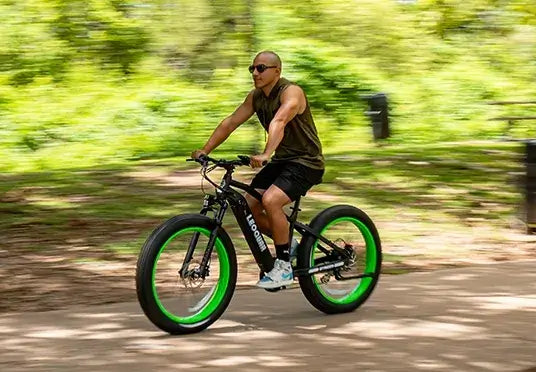


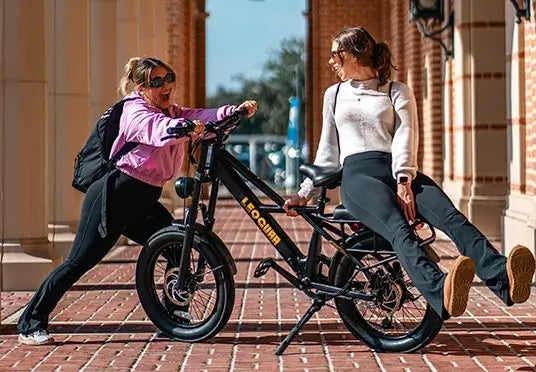
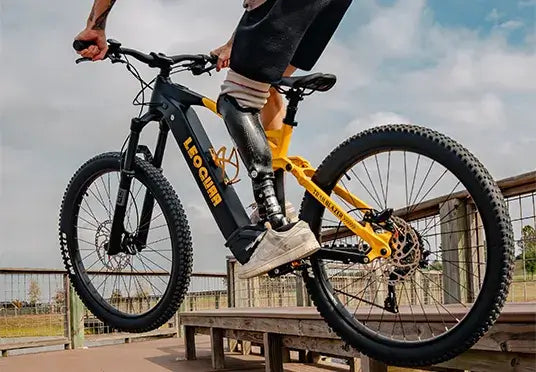
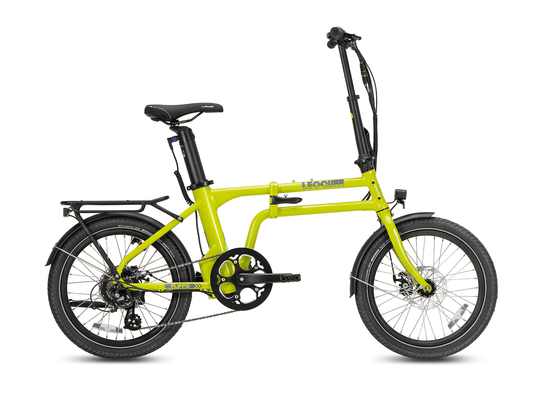
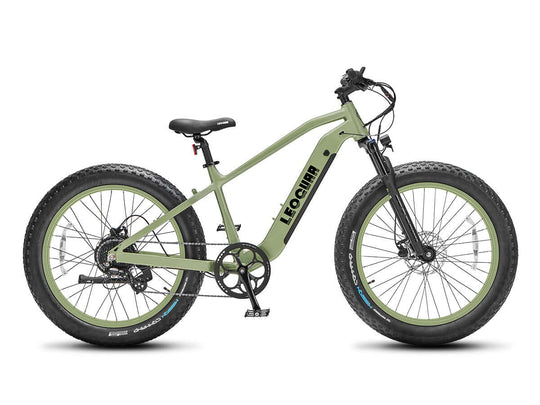
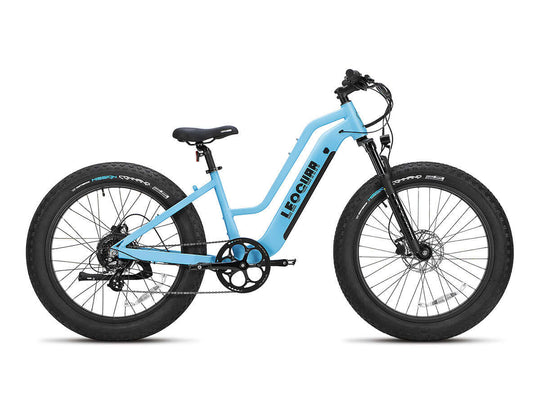
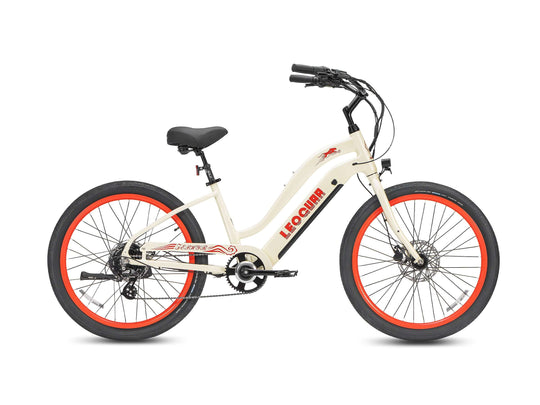
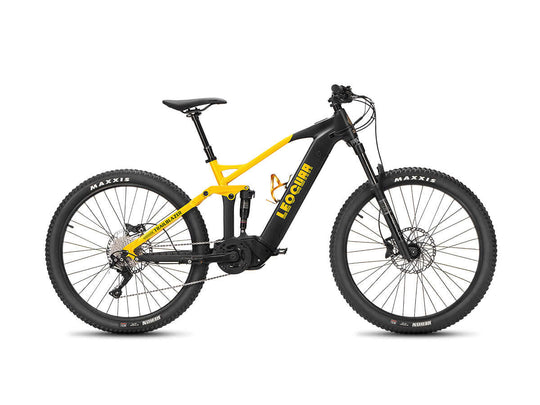
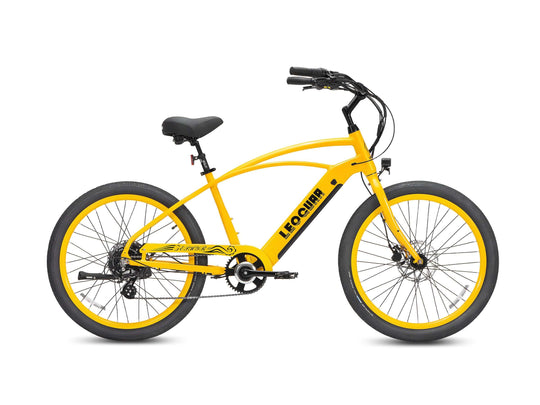
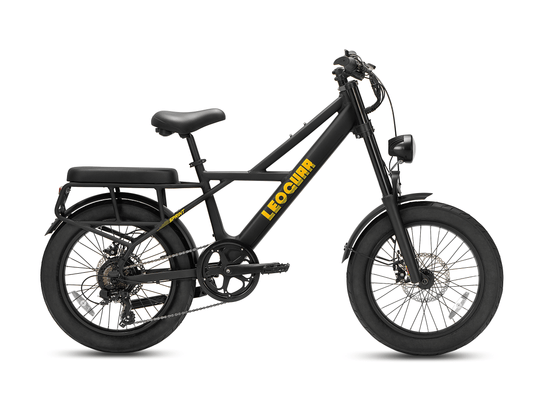
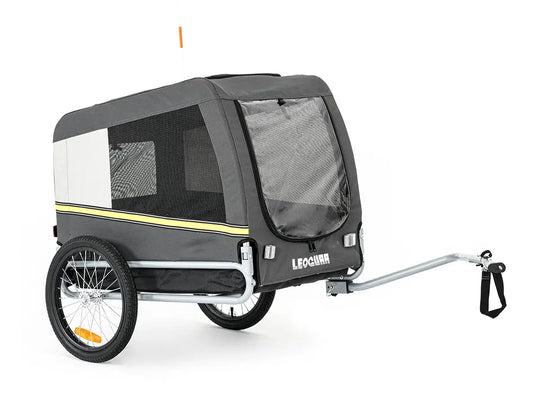
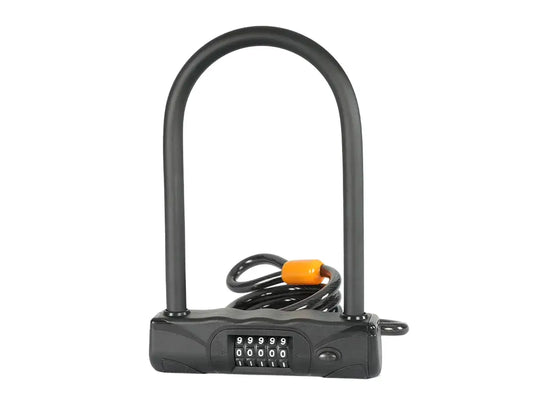



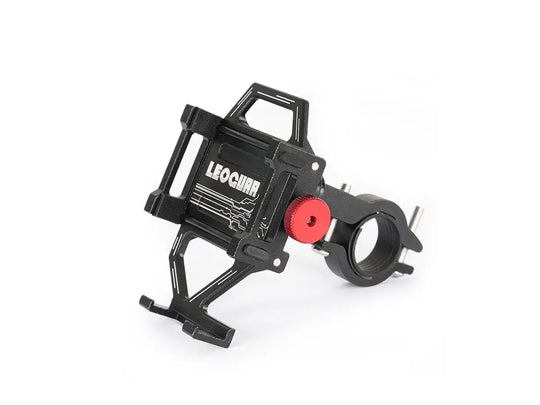

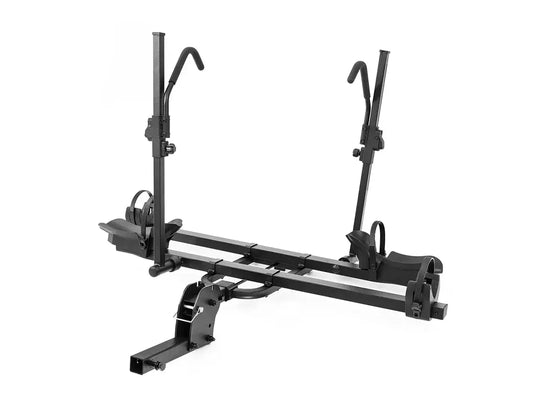
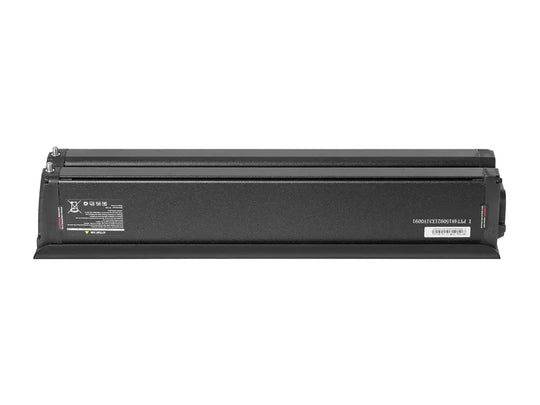
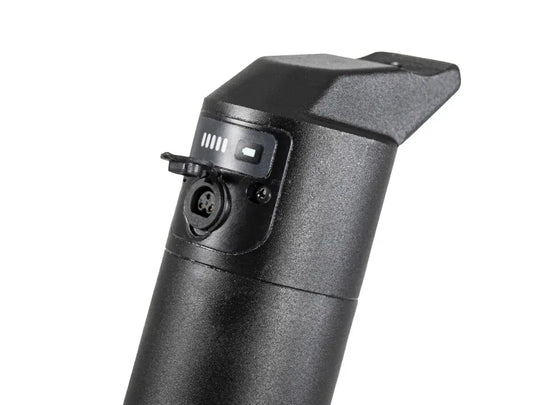
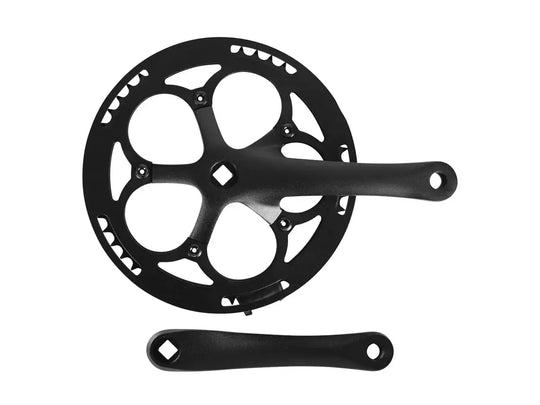
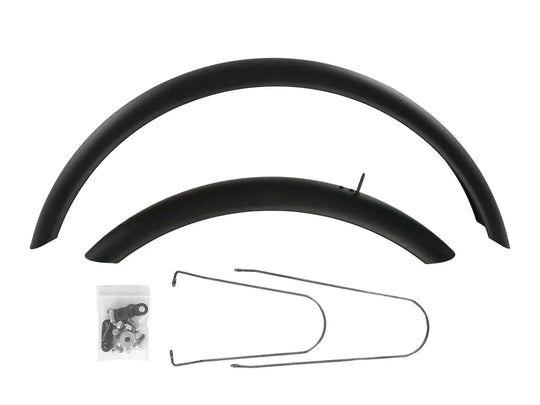
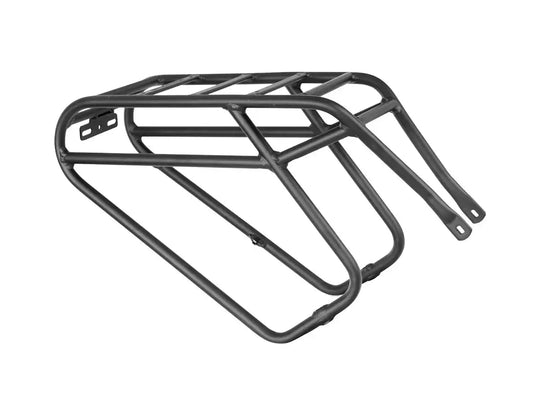
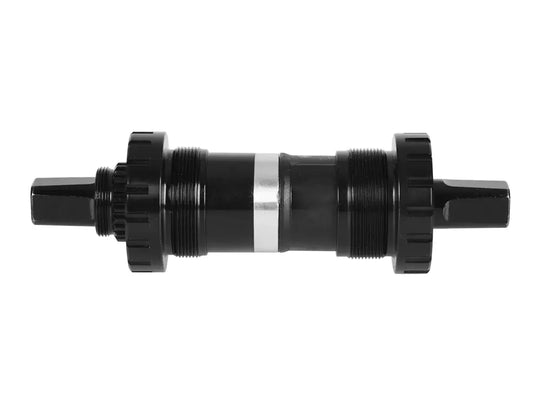
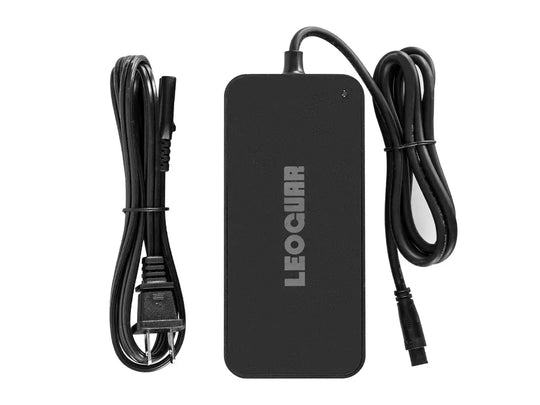
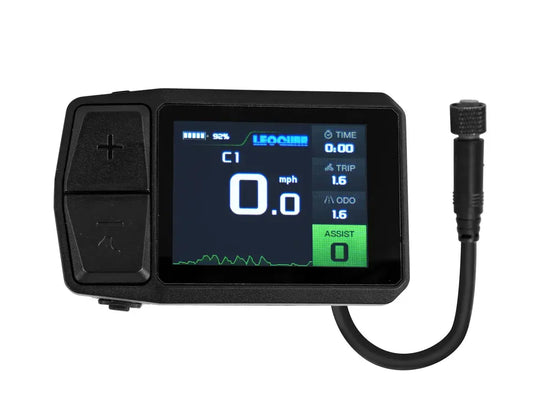










Leave a comment